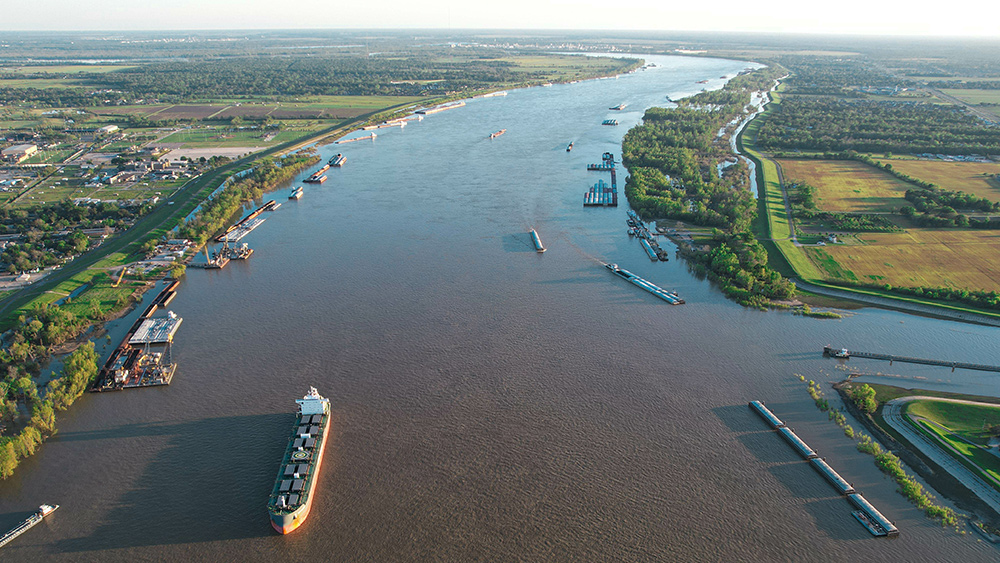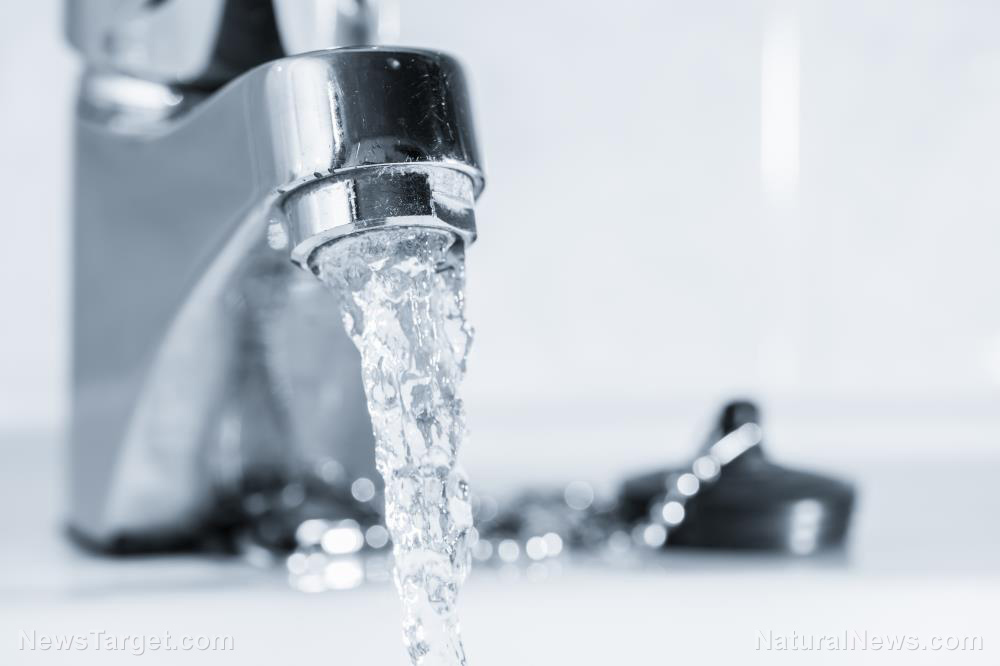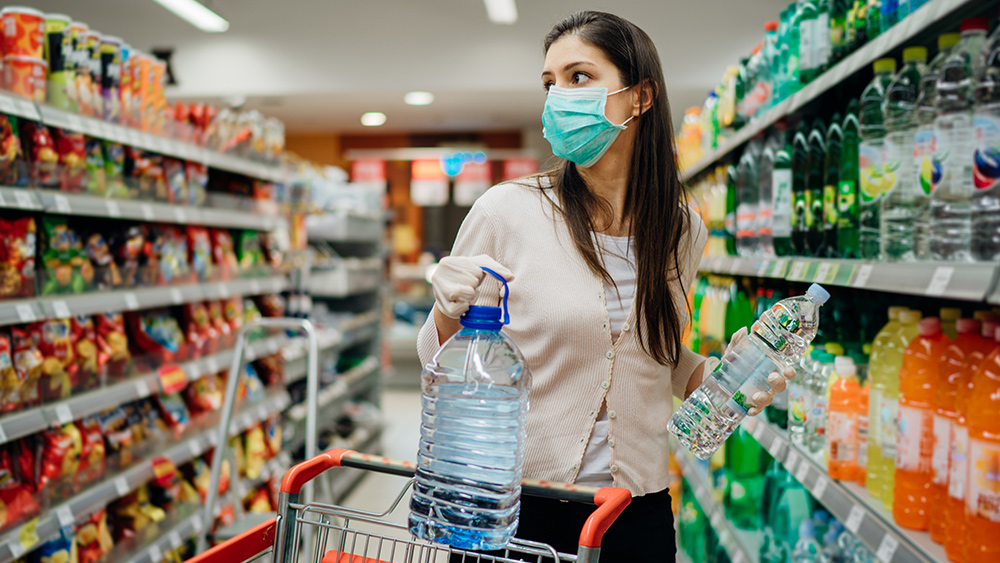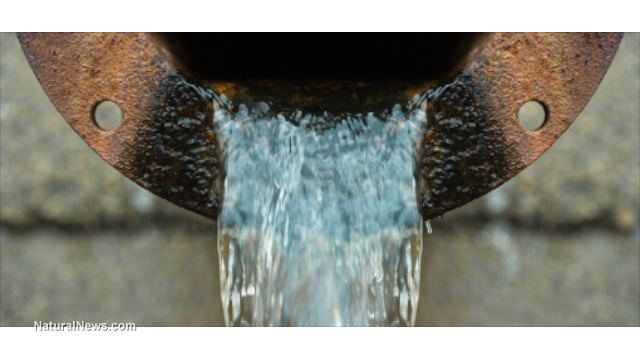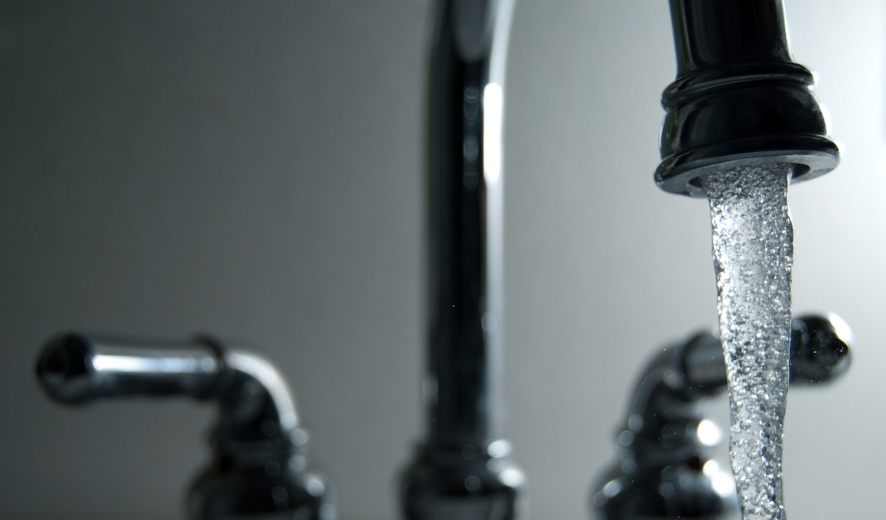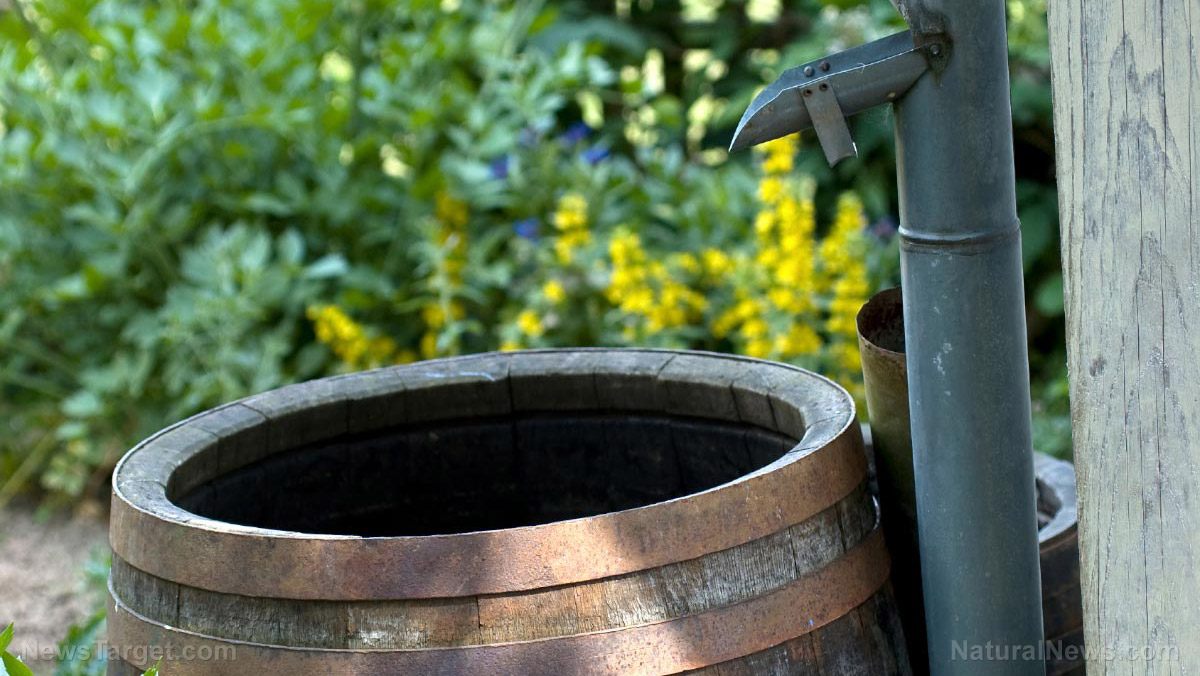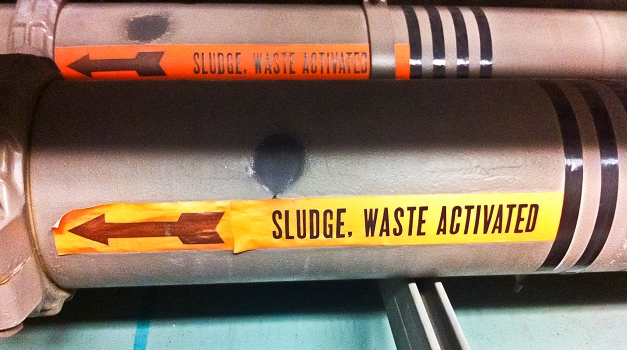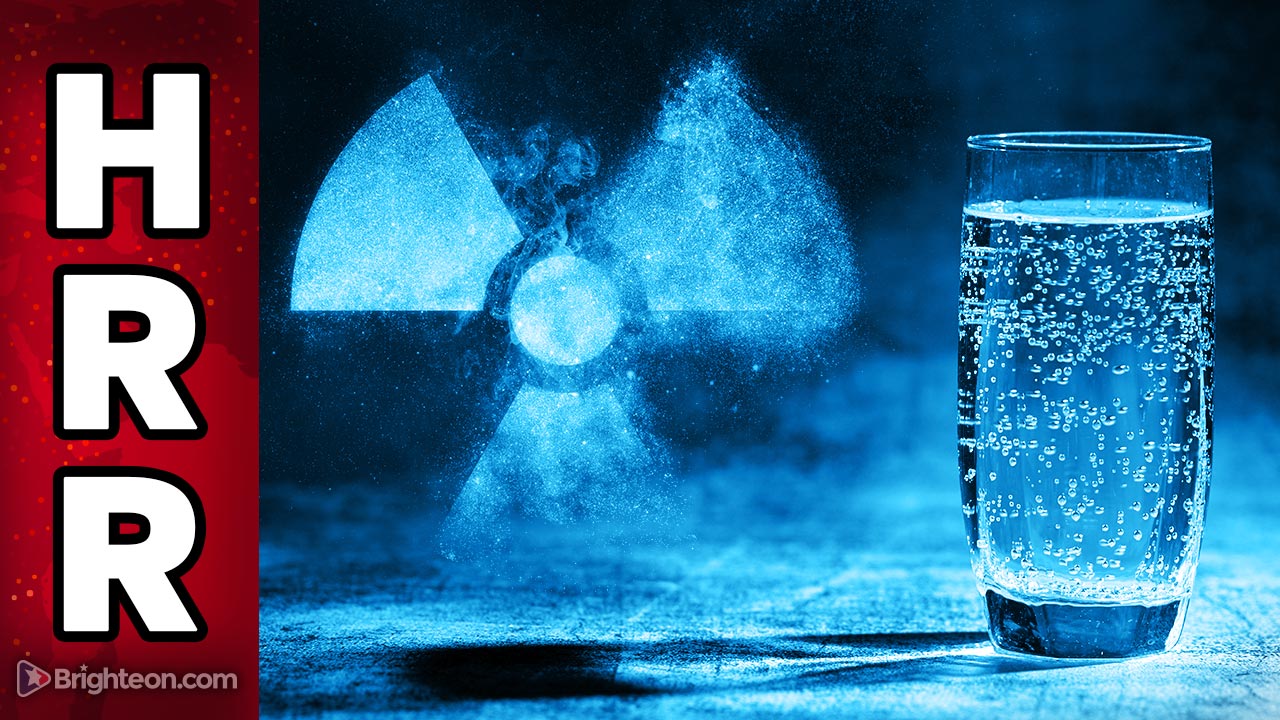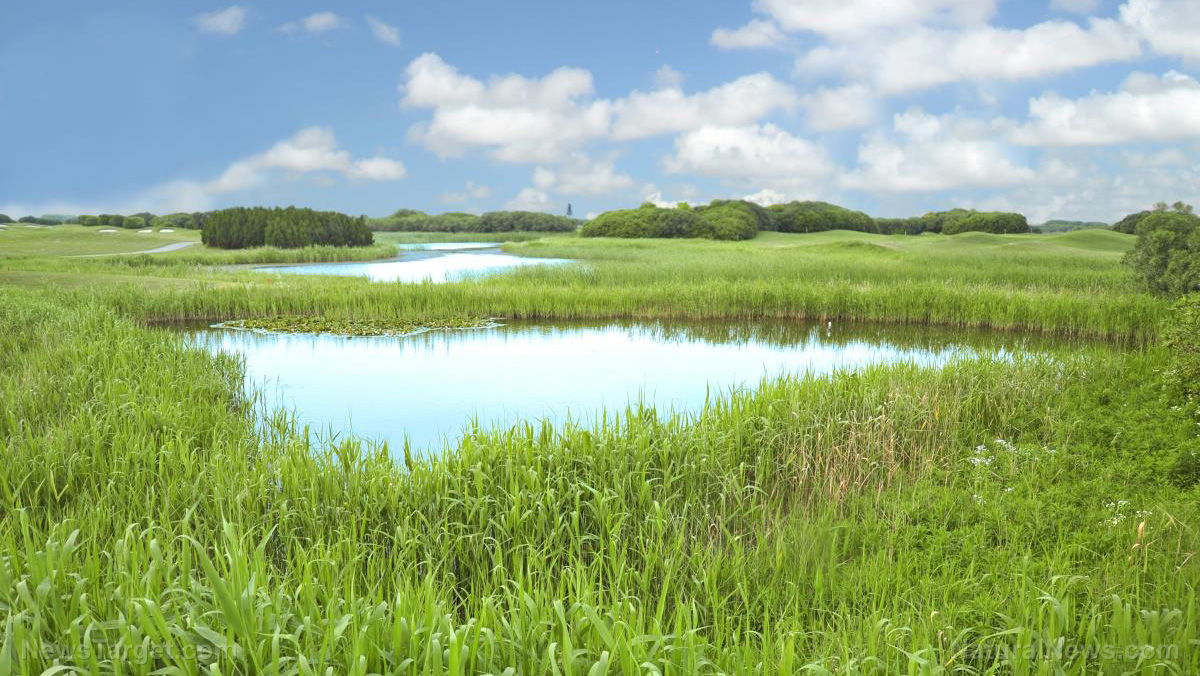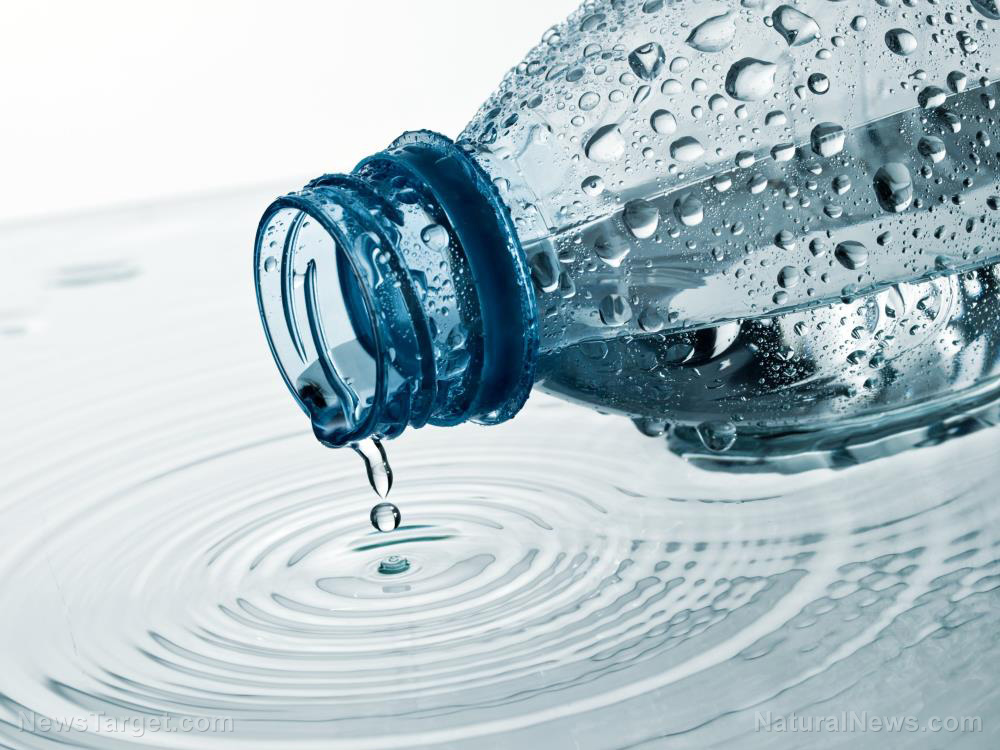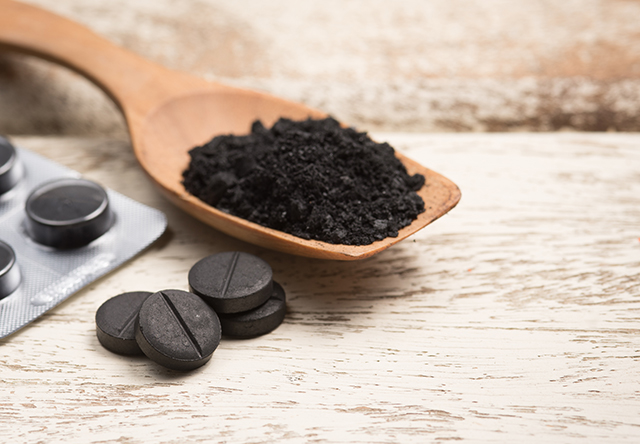Hydration and health: How to ensure that your drinking water is safe
03/06/2023 / By Zoey Sky

Drinking enough water every day is important because this will help you stay hydrated. But how can you tell when water from the tap is safe to drink?
If you are worried about your family’s health and the water quality in your area, read on to learn how to make sure that your drinking water is safe.
With recent catastrophic events like the Norfolk Southern train derailment in East Palestine, Ohio, and its effects on the environment, many people are wondering if their water is safe to use and drink.
Detailed below are tips that will help you avoid common sources of water contamination and how to keep drinking water safe.
Public water systems or municipal systems in the U.S. provide water that is considered one of the safest in the world. The quality is regulated by the Safe Drinking Water Act of 1974.
Succeeding laws set the drinking water standards for chemicals known to be in some municipal water systems. (Related: Scientists challenge WHO draft guidelines for PFAS in drinking water.)
Unfortunately, municipal water contamination is more common in systems serving fewer than a thousand people. A lot of older municipal systems also have lea?d-?containing pipes. These pipes should be replaced with non-lead alternatives as soon as possible.
If you’re worried about the quality of your local water system, check with your municipality about the system’s construction. You can also call your local public health department to check.
Private wells aren’t federally regulated. If you have a well on your homestead, you need to regularly test the water for coliform bacteria, nitrates and other environmental toxins like aluminum, arsenic or uranium.
Consult local, state and tribal authorities because they can provide testing guidelines. If you want to test your well water, public health departments will sometimes test well water for free.
Sources of water contamination to avoid
Keep in mind that both municipal water systems and private wells are vulnerable to contamination.
Some water contaminants to watch out for include:
- Animal waste from large industrial farms
- Faulty and corroded pipes, or other problems in physical plants
- Fertilizers and pesticides applied to land near bodies of water
- Flooding, wildfires and other natural and disasters
- Fracking, manufacturing or mining
- Industrial chemical or oil spills
- Landfills
- Nuclear power plant failures
- Sewage overflow and malfunctioning septic systems
- Soil and rocks that naturally contain chemicals and minerals (e.g., arsenic, radon and uranium)
- War or terrorist attacks
Tips for ensuring that drinking water is safe
Local water companies are required to give annual reports about what is in the water.
Remember the Environmental Protection Agency (EPA) Safe Drinking Water Information Hotline (1-800-426-4791) and Emergency Response Hotline (1-800-424-8802). Call these numbers if you have any questions about the water in your area or if you need to report an oil or chemical spill.
Homesteaders or preppers with private wells should have well water tested for coliform bacteria and nitrates yearly. Testing for other contaminants should be done after at least every three years.
Some private wells may require reverse-osmosis filtering systems.
If your well has been contaminated, contact an expert in well construction and repair.
If you are concerned about the quality of your plumbing, run the faucet for three to five minutes each morning before using the water for cooking or drinking. This helps flush the pipes and lessens the probability of contaminants being present in the water that you use.
Contact the local water department to see if the standpipe from the water main to your house contains lead. If it does, make sure it is replaced immediately.
Clean your faucet’s screen or aerator regularly. Debris, lead and sediment can build up in the aerator and contaminate the water.
If you think your drinking water has been contaminated with bacteria and other germs, boil it for at least one minute, then set it aside to cool. However, boiling does not remove toxic chemicals and may even concentrate some chemicals.
If your water has an off-taste or odor, get a point-of-use filter made with activated carbon or other absorbent material to help address these issues. Alternatively, you can use filters that will help remove some harmful chemicals in the water.
Using cold water for cooking and drinking will help prevent exposure to contaminants that can build up in hot water heaters.
If you have babies at home, test well water for nitrates before giving it to infants.
Making water safe to drink during an emergency
When dealing with an emergency and you don’t have access to clean drinking water, you can buy bottled water.
But if you don’t have bottled water in your pantry or stockpile, you can boil water, use chlorine bleach, or use iodine to treat non-potable water to make it safer to drink.
Boiling water
The most common method of treating water is to boil it. Boiling water for a sufficient time will kill microbes. This method can also help get rid of some toxic chemical contaminants.
Use a stovetop burner or electric kettle to boil water.
Place the non-potable water in a pot. Place the pot on a burner or electric kettle and heat the water to a rolling boil.
Keep the water at a rolling boil for at least one minute. Set the water aside and let it cool down before pouring it into a clean container for use.
Chlorine bleach
Unscented household bleach can help kill bacteria in the water if boiling water isn’t an option.
Bleach contains chlorine, the chemical used to make municipal water supplies potable. The water this produces is called chlorinated water.
If the water is cloudy, filter it through a cloth before treating it.
Add 1/8 teaspoon (eight drops) of unscented household bleach to one gallon (16 cups) of water. Mix the water and bleach well.
Set the water aside for at least 30 minutes before drinking it or cooking with it.
You can also use bleach to sanitize the containers that you will use to store water.
Make a sanitizing solution of one teaspoon of bleach in one quart (four cups) of water. Pour the solution into the container or wipe it inside the container to coat it.
Let the sanitizing solution sit for 30 seconds, then pour it out. Allow the container to air dry, or rinse it with treated water.
If the water is contaminated with a chemical, disinfectants will not make it safe to drink.
Iodine
Iodine solution, crystals or tablets are often used by hikers who need to treat water in their water bottles while on the trail.
Iodine can kill viruses and bacteria and is easy to use. However, it is not effective against more resistant organisms such as Cryptosporidium.
One downside of iodine is that it gives water a noticeable aftertaste.
If you have iodine, follow the directions provided on the product. The amount used will vary for iodine solutions, crystals and tablets. Use warm water whenever possible.
Add the iodine to the correct amount of water in your container. Mix the iodine well with the water.
Make sure some of the solution also coats the lid and threads if you are storing the treated water in a screw cap bottle.
Set the water aside for 30 minutes after the iodine has fully dissolved before using it. If the water is cold (below 40 F), wait for at least one hour before using it.
Using bottled water
Use bottled water as a last resort, such as when there is known contamination of the source.
Bottled water is expensive and it generates a lot of plastic waste, which is another environmental contaminant.
Depending on the brand, bottled water may be tap water that has been carbon filtered. Some bottled water manufacturers promote their brands as being UV-filtered, to assure consumers that bacteria has been removed.
Some manufacturers may also say that bottled water has been through water distillation or the reverse osmosis process.
Before drinking bottled water, check the container for any signs it has been previously opened and refilled. Check the expiration date if it has one and check the bottle carefully for cracks.
If you are not sure about the safety of the water, boil or treat bottled water before drinking it.
Visit Tapwater.news for more information about tap water in the United States.
Watch the video below to know more about “forever chemicals” in drinking water in East Palestine, Ohio after the Ohio train derailment.
This video is from the Puretrauma357 channel on Brighteon.com.
More related stories:
NASTY: Colorado to begin feeding recycled sewer sludge back through people’s drinking water taps.
More than 100 scientists accuse WHO of ignoring risks of “forever chemicals” on human health.
EPA pledges to regulate PFAS in drinking water.
Sources include:
Submit a correction >>
Tagged Under:
Bottled Water, chemicals, clean water, drinking water, environment, homesteading, hydration, off grid, potable water, preparedness, prepper, prepping, survival, tap water, tips, Water contamination, water health, water supply
This article may contain statements that reflect the opinion of the author
RECENT NEWS & ARTICLES
COPYRIGHT © 2017 WATER FILTERS NEWS




